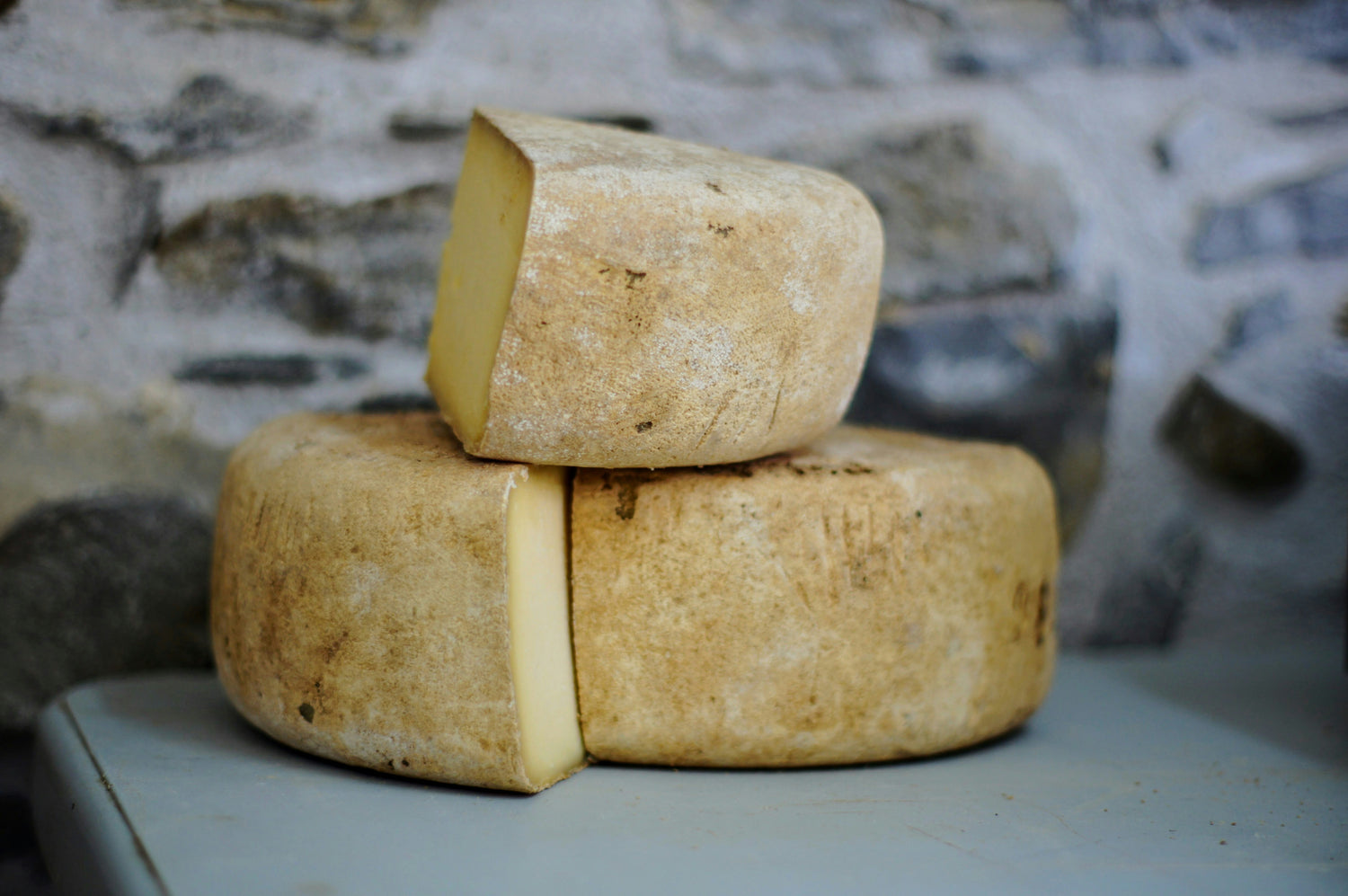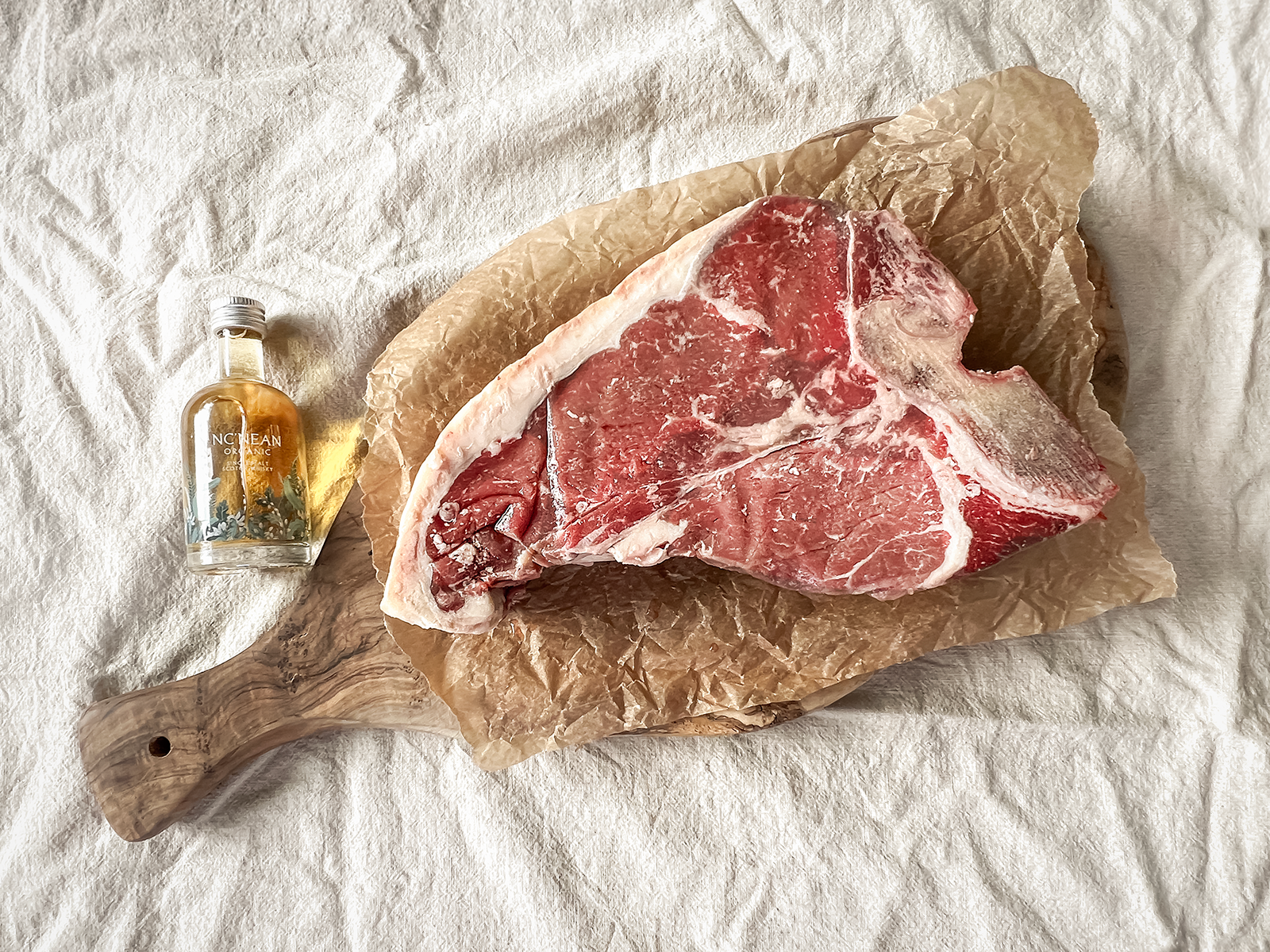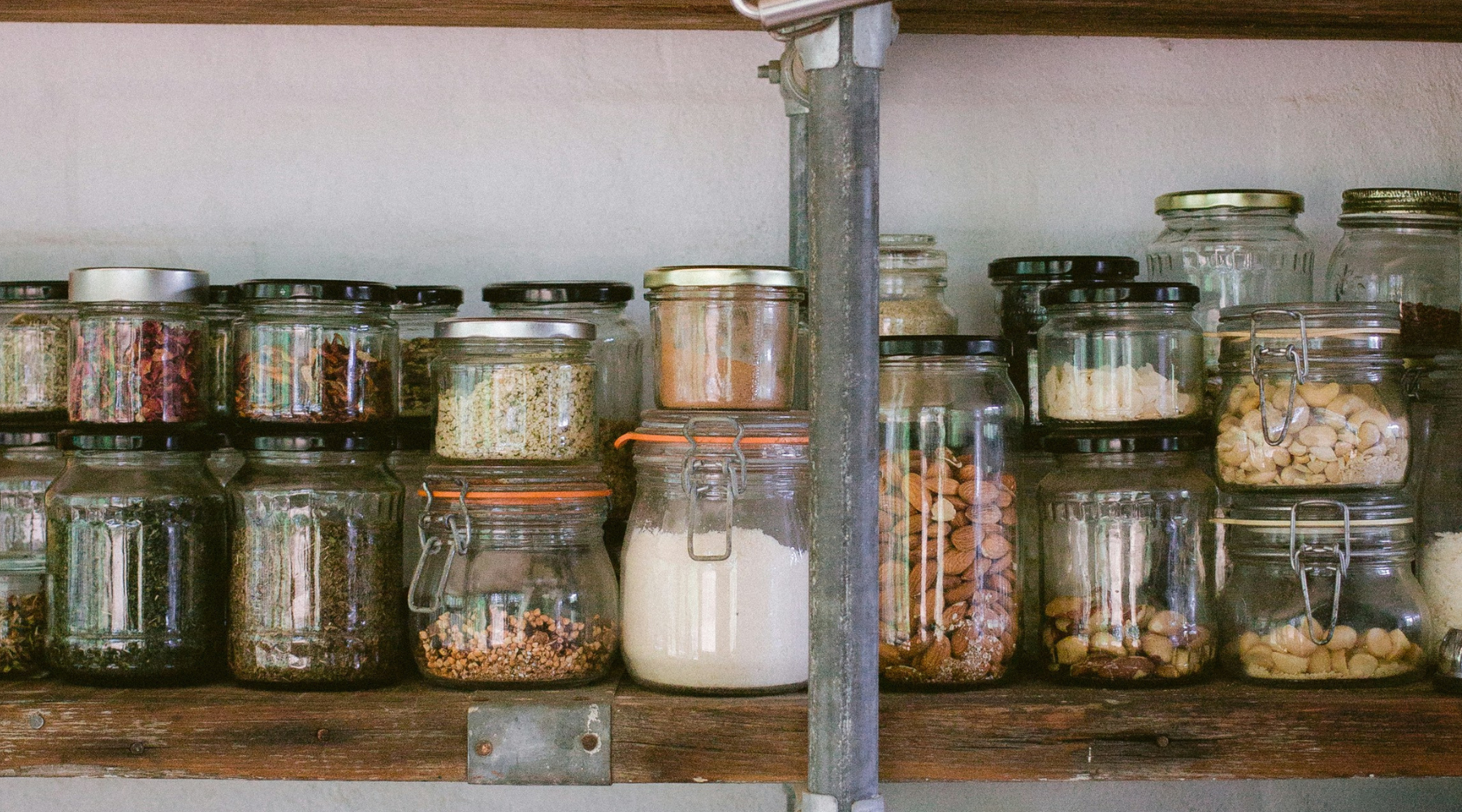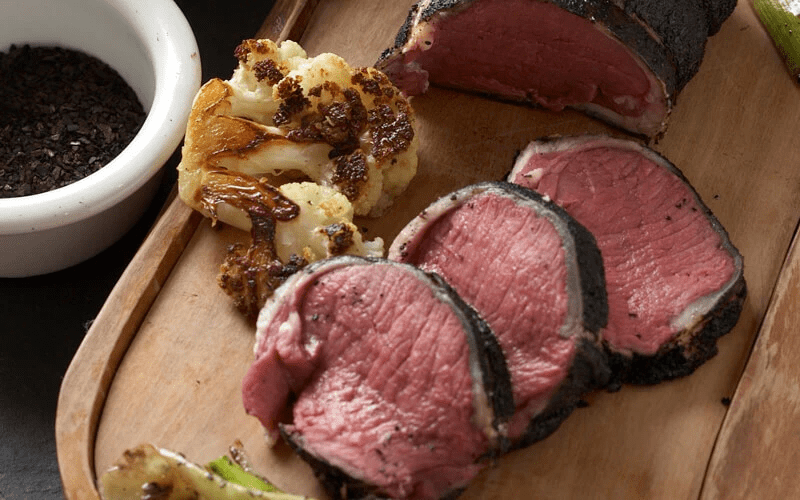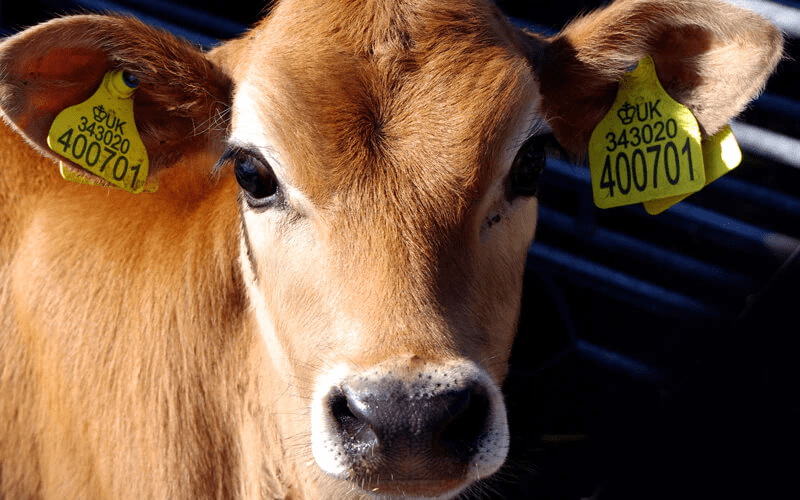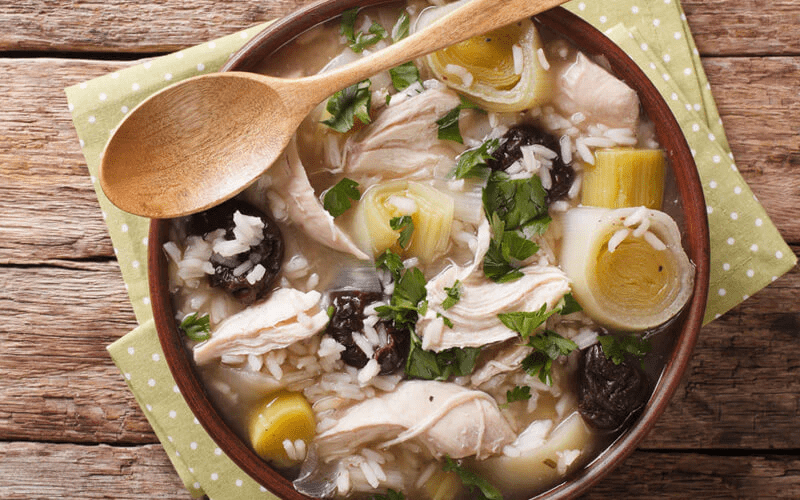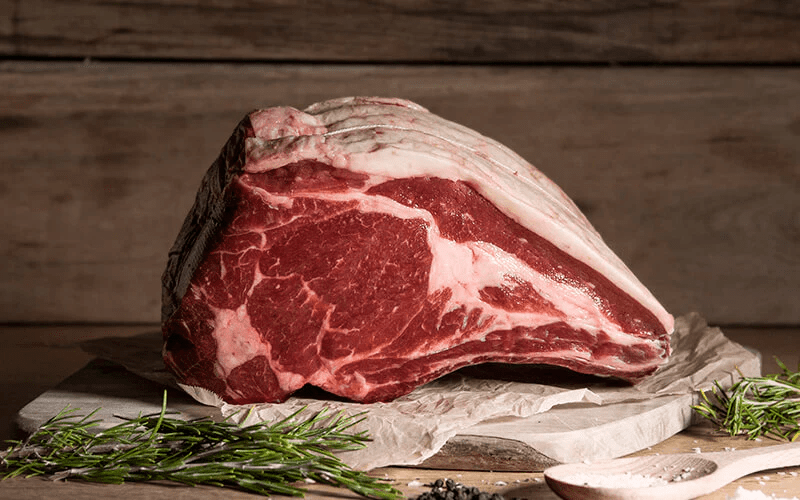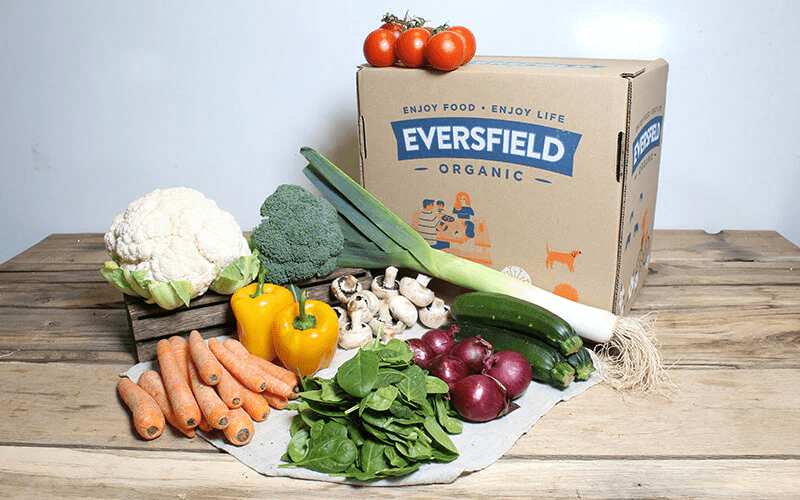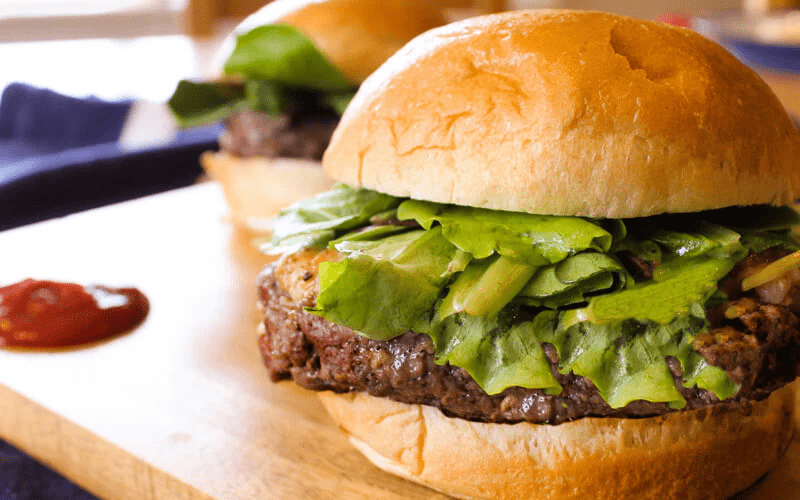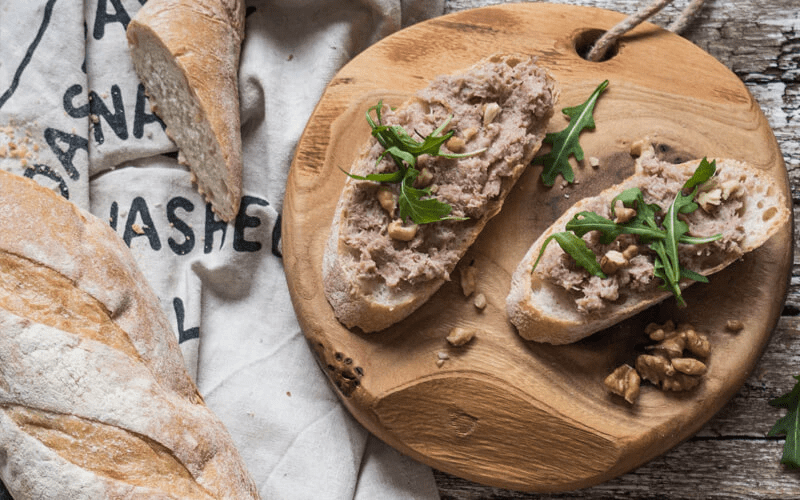Continuing our Eating for Health series, we explore the low-histamine diet
Is this just a fad from the diet world or could it benefit you?
For most of us, histamines are something we only consider when dealing with hay fever or a mosquito bite on holiday. However, did you know that the same reaction causing us to sneeze when our neighbours cut the grass or making that insect bite unbearably itchy can also lead to unpleasant symptoms from the food we eat?
All food contains some level of histamine, but we all vary in our ability to tolerate it - if you've experienced bloating, cramping, headaches, skin irritations, or anxiety, you might be dealing with histamine intolerance.
Whilst it is impossible to remove histamines from your diet (remember it is present in all food), following a low histamine diet could help alleviate these symptoms.
At this point, we’d better add a disclaimer - before starting any new diet, make sure to discuss your symptoms with a doctor. Many symptoms of histamine intolerance are similar to those of more serious allergies, which should be investigated first.
Now For The Science Bit
Histamines are chemicals involved in your immune system, digestion, and central nervous system. They are part of the body’s response to allergens and play a key role in the process of inflammation. However, when consumed in large amounts through food, histamines can cause adverse reactions in people with a sensitivity, leading to symptoms such as headaches, hives, digestive issues, and respiratory problems.
Certain foods are naturally high in histamines or can trigger the release of histamines in the body.
We are sorry to be the bearer of bad news , but these include:
Mature cheeses (some people with a histamine intolerance cannot consume any dairy)
Fermented foods, like sauerkraut, kimchi, and soy sauce
Cured meats, such as salami and bacon
Alcohol, especially red wine and beer
Certain fish, particularly if not consumed fresh, like mackerel, sardines, and tuna
Certain vegetables, such as tomatoes, spinach, and aubergine.

Managing Histamine Levels Through Diet
For those with histamine intolerance, managing your diet is essential. As with most diets, a lot of the advice is common sense and focuses on fresh, minimally processed options. Three key principles are::
Eat Fresh: A diet based around fresh, nutritious food is always a winner for your health and fresh foods typically contain lower histamine levels compared to processed foods.
Avoid Fermented Foods: While fermented foods are superstars for gut health for most of us, they are high in histamines which means they will need to be limited if you are sensitive.
Freeze Quickly: Cooking food fresh and freezing leftovers immediately can help lower histamine levels, which can build up in cooked food.
The Organic Advantage
We, naturally, maintain that organic food is the best overall choice for your health, animal welfare and the environment, and there are clear benefits to choosing organic for those managing histamine intolerance.
Organic foods are less likely to contain artificial additives and preservatives, which can sometimes contribute to histamine release or interfere with the body’s ability to break down histamines. The less added to food, the better, so always check the label.
The link between pesticides and herbicides and histamine intolerance is being more widely explored and indications are that they are a contributing factor, especially glyphosates. Choosing organic food reduces your exposure to those chemicals that may exacerbate histamine-related symptoms.
Talking of hidden nasties, it makes sense when managing histamine intolerance to avoid eating animals that have had routine antibiotics and growth hormones administered which could trigger a histamine response.

Practical Tips for a Low-Histamine, Organic Diet
Choose organic meat where you can, this guarantees that your meat will be free from antibiotics and hormones.
Organic fruits and vegetables can reduce your intake of pesticides and other chemicals. Focus on low-histamine options like carrots, courgette, and leafy greens. The BBC have listed the top 20 low-histamine foods here.
If dairy is a problem, consider organic dairy alternatives, like almond milk, coconut milk, and rice milk.
When buying packaged foods, read labels carefully to ensure they are free from high-histamine ingredients and unnecessary additives.


